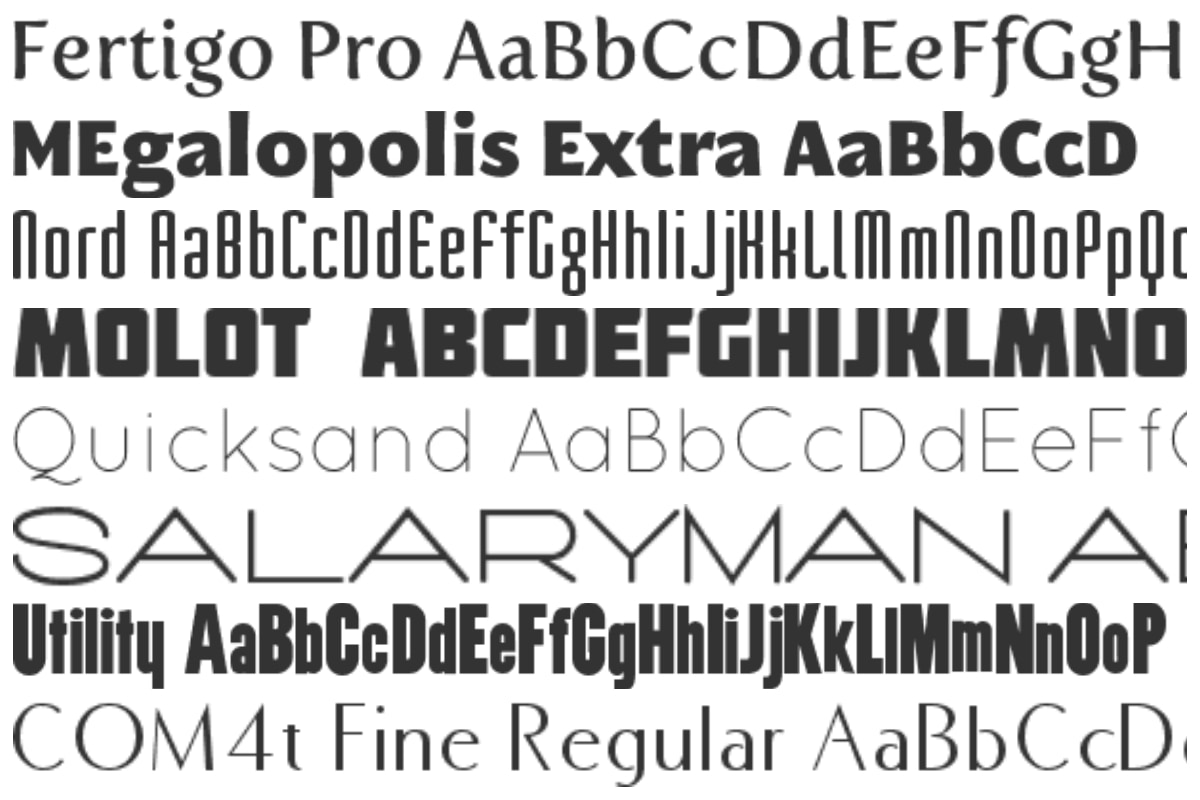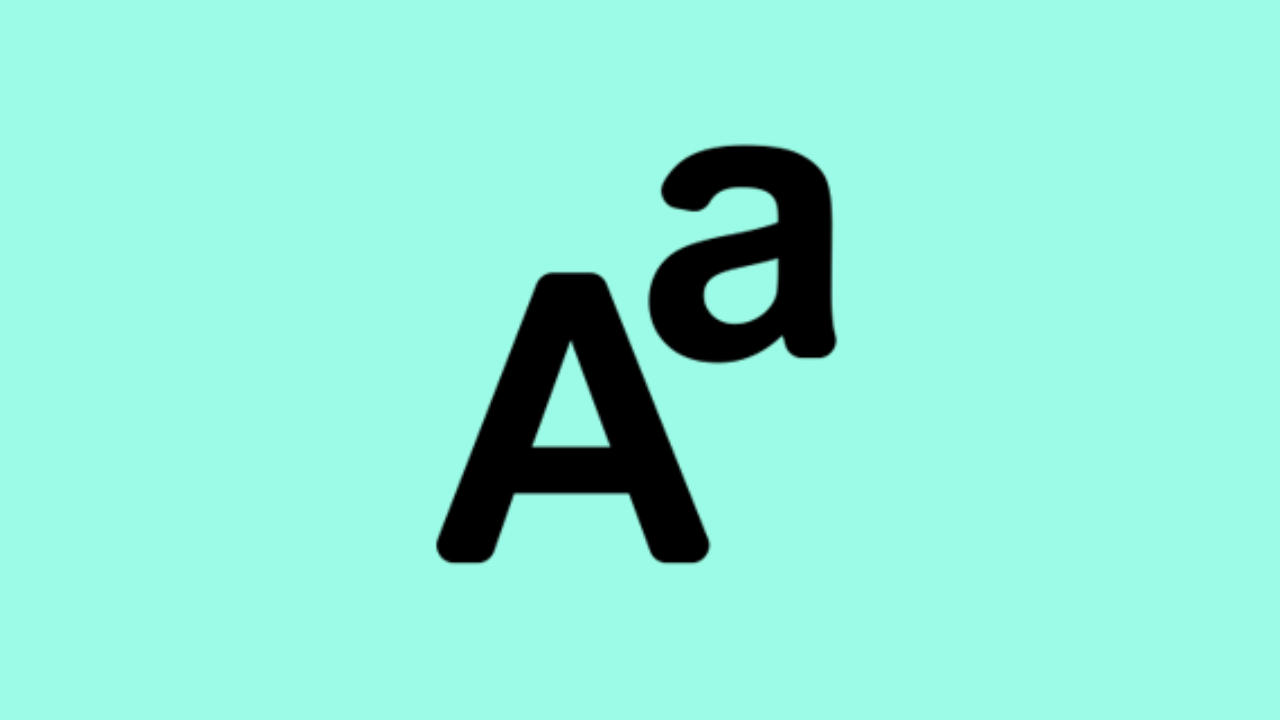
And sans serif fonts came first in the ranking.


Interestingly, serif fonts were ranked first as formal, mature, practical and stable. Yuri Gordon "Book of letters from Aa to Ya", Where did they come from and why do we need serifs, p. And our reader's eye is more in need of a balance of individuality and unification than a designer's eye, which enjoys mirror ideality. Secondly, serif letters are somewhat more complex in shape, so they differ more from each other than grotesque ones. Firstly, serifs emphasize the endings of strokes, becoming additional “sense-discerning”. In my opinion, serif typefaces less fatigue during long reading of regular, "paper" editions than grotesque, for two reasons. There were no proofs on Wikipedia, so we went to the bookcase. They facilitate the connection of letters into a single line, making the text easier to read. The conventional wisdom is that serifs guide eye movement along lines when reading large volumes of printed text. "It's obvious," we thought, and opened Wikipedia:

Then the designer's team lead came and uttered his frequently asked question: "Proofs?" We found it better to use serif fonts for large texts, because the eyes fatigue less and serifs help keep the line in line. One day, our design team thought about how to choose a font.


 0 kommentar(er)
0 kommentar(er)
